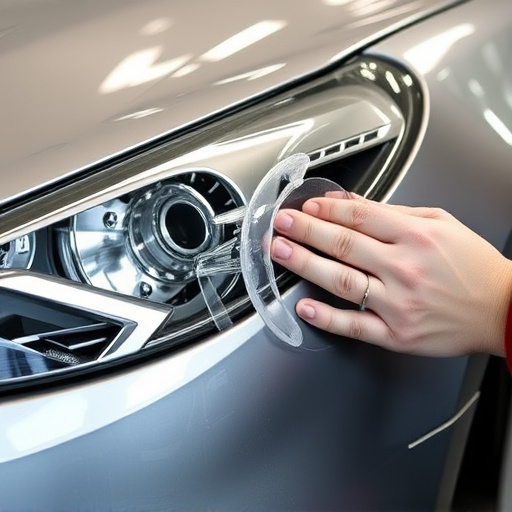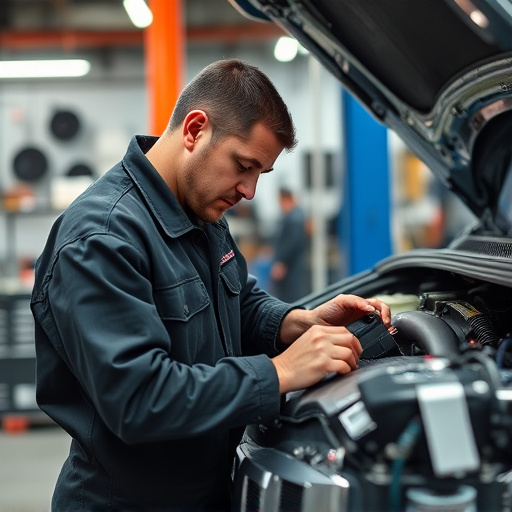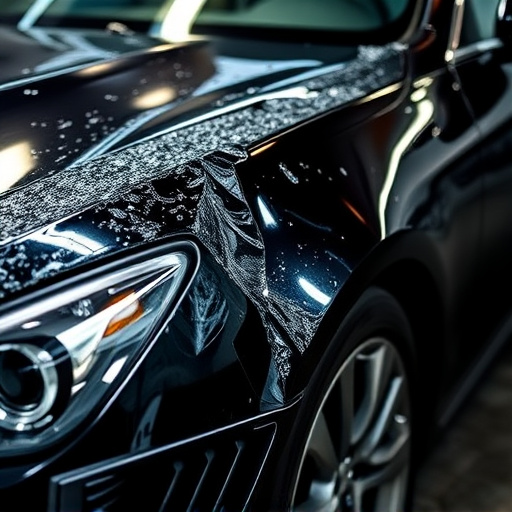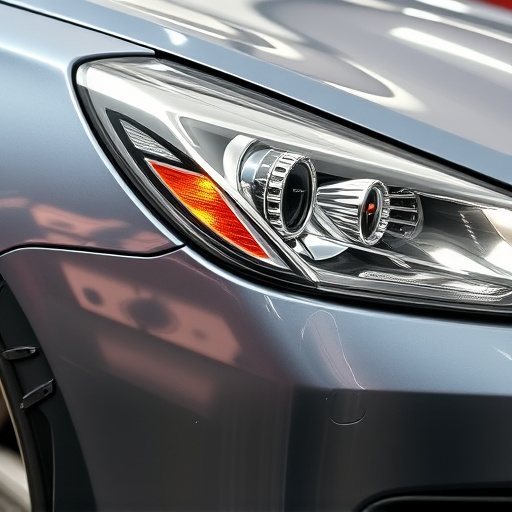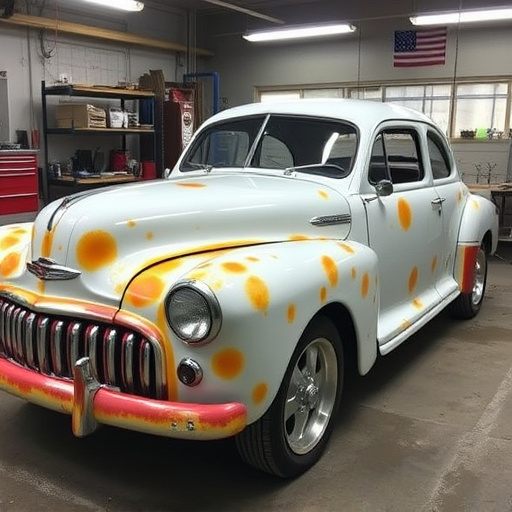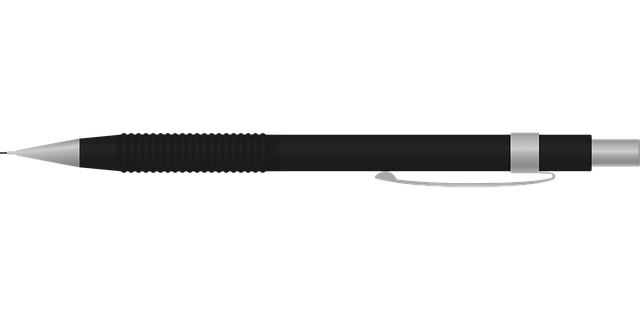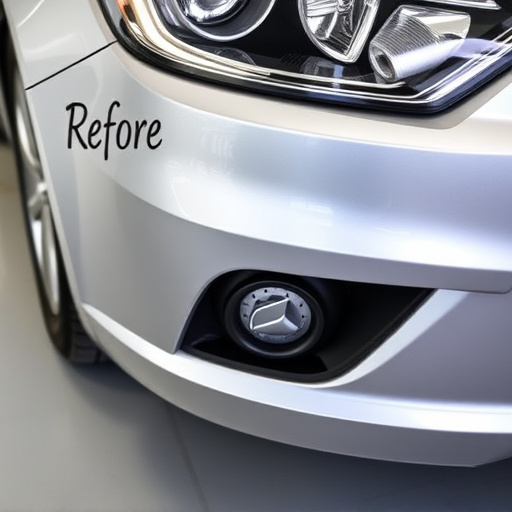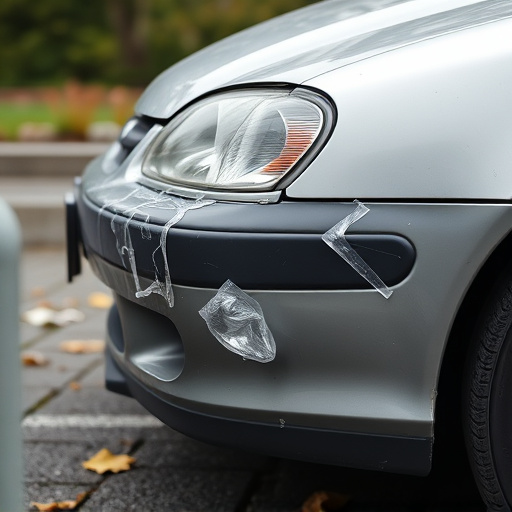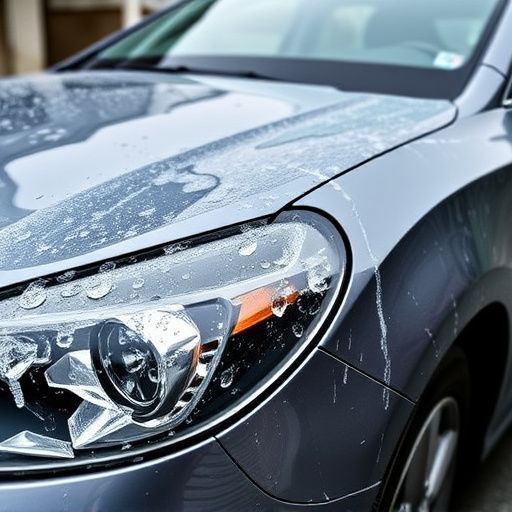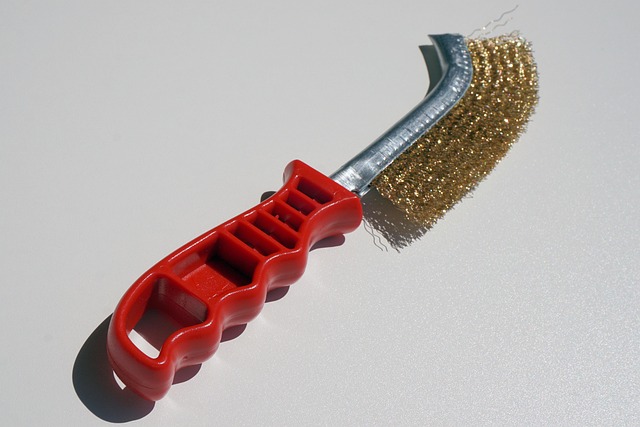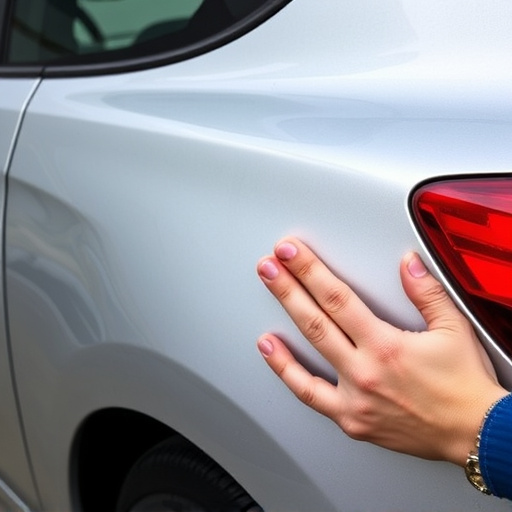TL;DR: Repair photo documentation is vital for vehicle body shops, ensuring high-quality standards through detailed visual evidence of damage and repairs. This process boosts accuracy, transparency, and customer trust by tracking every step of the repair process. Digitally organized photos, taken from multiple angles, are linked to job orders, facilitating comparisons, troubleshooting, dispute resolution, and efficient after-sales support. It's a key best practice for collision centers, leading to superior repair outcomes and enhanced communication.
In today’s meticulous manufacturing landscape, repair photo documentation stands as a cornerstone of robust quality assurance. This comprehensive visual record-keeping method captures intricate repairs, ensuring consistency and enabling efficient troubleshooting. By documenting each step of the repair process, manufacturers can identify trends, prevent recurring issues, and enhance overall product reliability. This article delves into the profound impact, benefits, and best practices surrounding repair photo documentation, underscoring its indispensable role in modern quality control.
- Understanding Repair Photo Documentation: A Cornerstone of Quality Assurance
- The Impact and Benefits of Comprehensive Visual Record-Keeping
- Best Practices for Effective Repair Photo Documentation Implementation
Understanding Repair Photo Documentation: A Cornerstone of Quality Assurance
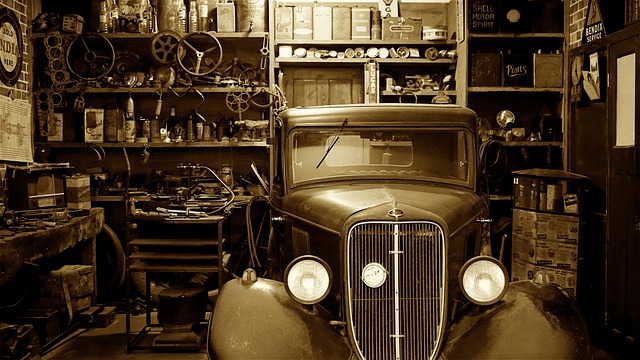
Repair photo documentation is a powerful tool that serves as a cornerstone for quality assurance in vehicle body shops and collision repair services. It involves meticulously capturing visual evidence of a car’s damage, both before and after the repair process. These photos are not just snapshots; they are detailed records that tell a story of transformation, ensuring every trace of damage is accounted for.
In the complex world of car damage repair, having this comprehensive documentation is vital. It enables technicians to compare the initial state of a vehicle with its final restoration, verifying the accuracy and quality of the repair work. For customers, it provides transparency, allowing them to follow the transformation of their damaged vehicle, restoring their trust in the process. This meticulous practice ensures that every repair meets high standards, fostering a culture of excellence within the shop.
The Impact and Benefits of Comprehensive Visual Record-Keeping
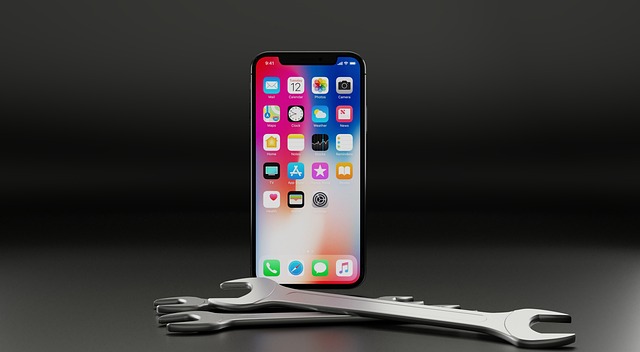
A comprehensive visual record-keeping through repair photo documentation serves as a powerful tool for quality assurance in any auto repair shop or vehicle repair service. This method allows for precise tracking and analysis of every step taken during a tire service or any other repair process, ensuring consistency and accuracy. With detailed photographs capturing various angles and stages, it becomes easier to identify potential issues, compare against industry standards, and make informed decisions.
The benefits extend beyond initial repairs as these visual records enable efficient after-sales support. For instance, in case of a dispute regarding the quality of work or when troubleshooting recurring problems, repair photo documentation provides tangible evidence. This not only facilitates quicker problem-solving but also boosts customer trust and satisfaction, especially when presenting a clear, step-by-step account of the repair process for transparent communication.
Best Practices for Effective Repair Photo Documentation Implementation
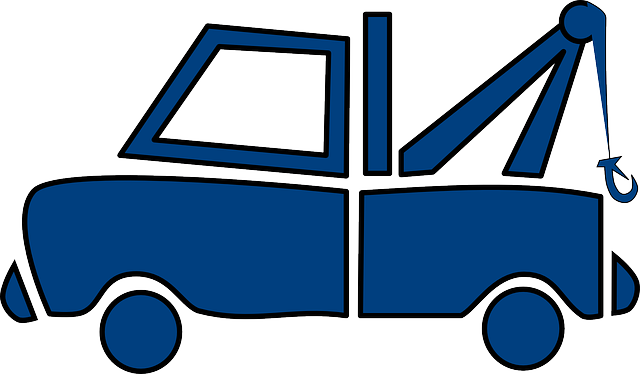
Implementing effective repair photo documentation is a best practice that significantly enhances quality assurance in both car damage repair and collision center settings. The process begins with taking clear, detailed photos from various angles to capture every aspect of the car collision repair. This includes not only the visible damages but also any underlying components affected by the incident.
Organizing these photos digitally is crucial for efficient tracking and reference during the repair process. Using specialized software or cloud-based platforms ensures that images are categorized, dated, and linked to specific job orders. This streamlined approach facilitates effective communication between technicians, reduces errors, and allows for quick comparisons during quality checks, ultimately leading to superior car collision repair outcomes.
Repair photo documentation is an indispensable tool in quality assurance, offering a comprehensive visual record that enhances efficiency and accuracy. By implementing best practices, organizations can ensure every repair step is meticulously captured, facilitating easier troubleshooting, improving customer satisfaction, and reducing errors. This powerful method of documentation is a game-changer in maintaining high standards across various industries.
